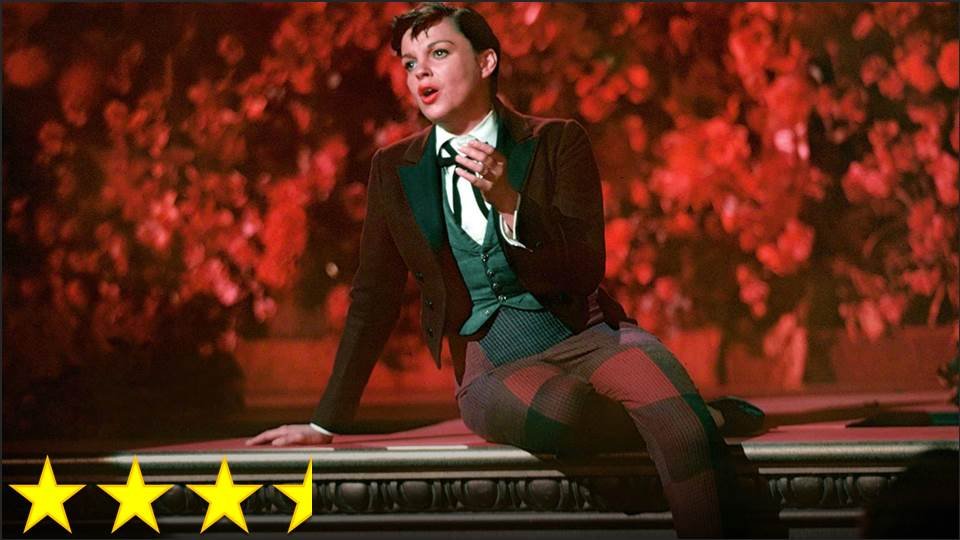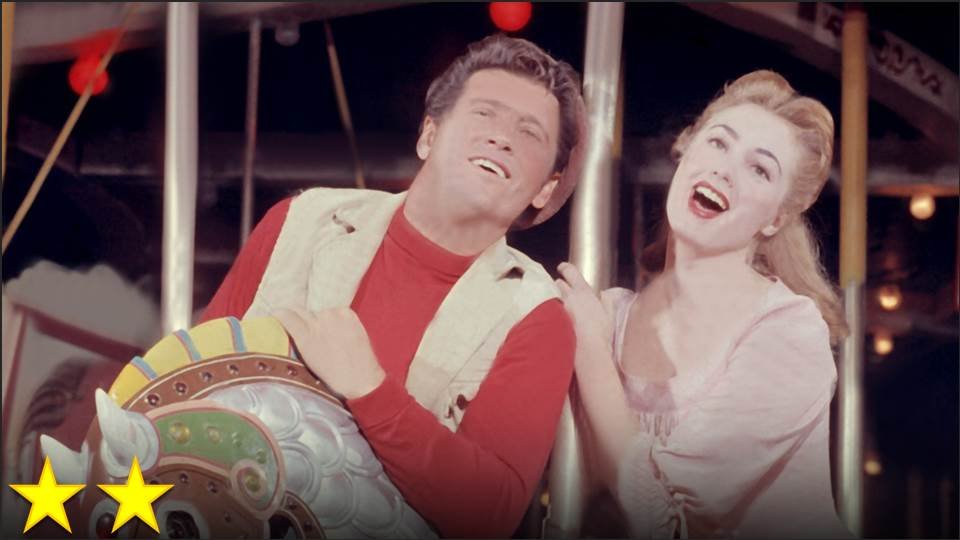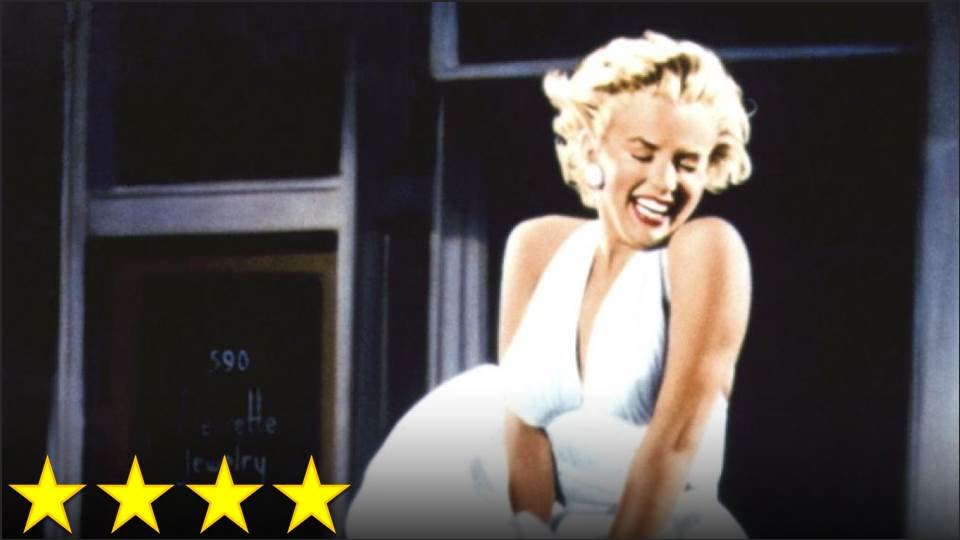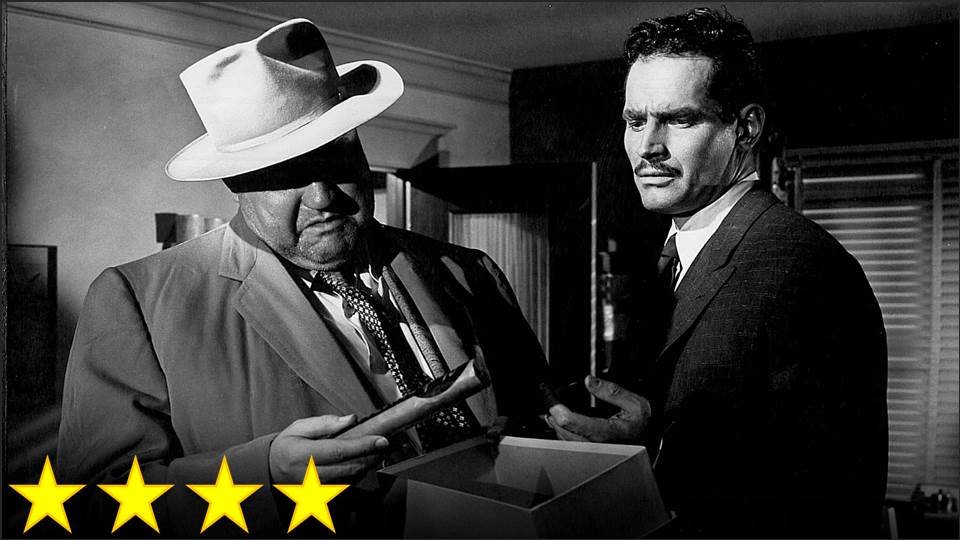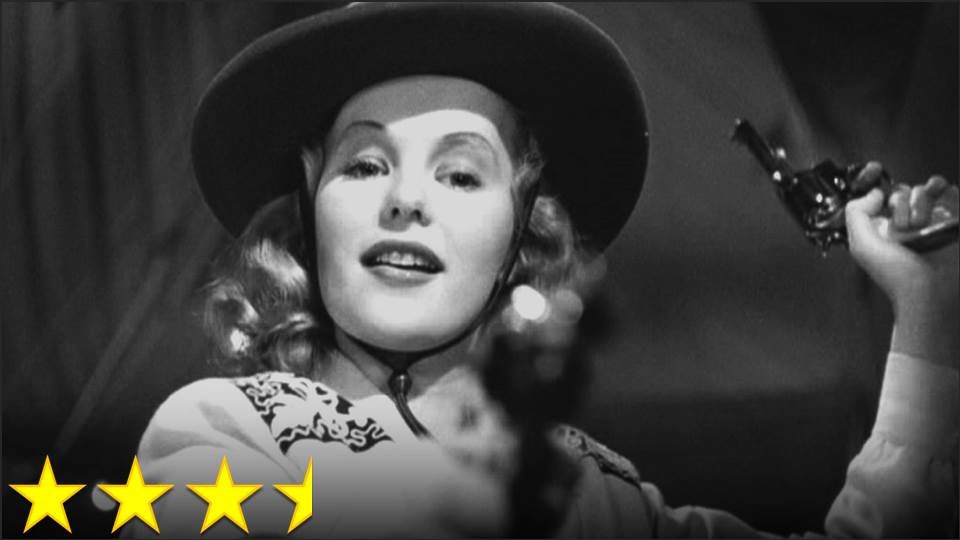Thanks to Tim Burton, this movie is sometimes called “the good Alice in Wonderland.” I understand why – nostalgia goggles can do that to even the best of us. The problem is that this movie just isn’t very good. Sure, the 2010 film has problems and may be highly annoying to some, but at least its story is actually a story. The original Lewis Carroll story isn’t a story. It’s a drug trip. And that’s what this movie is as well.
Now, I don’t want to fault the movie for problems it could not help but inherit from its source material, which is the only reason I’m giving this movie such a high rating – if Disney had come up with the story, I’d be giving it two and a half stars at best. I’m still not even sure that the other elements of the movie merit this rating, because a lot of the film is just unbearable. Surely Tweedle-Dee and Tweedle-Dum could have been done in a way that’s less excruciatingly irritating, and surely certain parts of the story could have been given a few more small splashed of humor. The soundtrack is so-so, with some songs I really like a lot, others I think do the job just well enough, and others I find either forgettable or stupid.
So, I’m giving this a nice rating because of two redeeming qualities: first is the casting of a few of the main characters. I really like the Cheshire Cat in this movie, and the Mad Hatter is one of the great Ed Winn performances. The one who really steals the show, however, is Alice, voiced by Kathryn Beaumont. Her voice is absolutely perfect for the part, and perhaps just perfect in general – I could easily listen to it all day. The second redeeming quality is the visual style, as this might just be, in some respects at least, the most visually pleasing animated film I have ever seen. It’s got all of the curves and colors one would want a trippy wonderland to have, and its style also serves to mark its particular moment in animation history. The resulting film is one that I don’t enjoy watching very much – it was a struggle to finish it quite frankly – but I do enjoy looking at it and listening to it, so I’ll let it slide.

